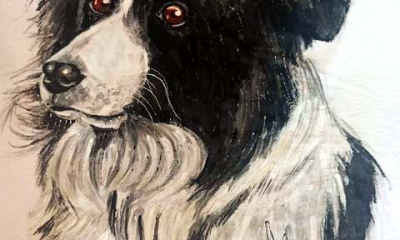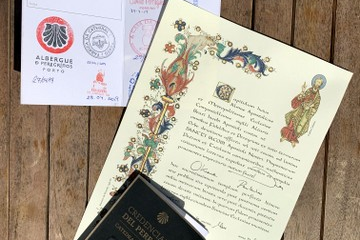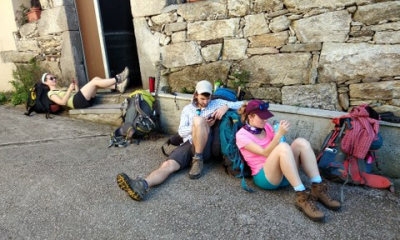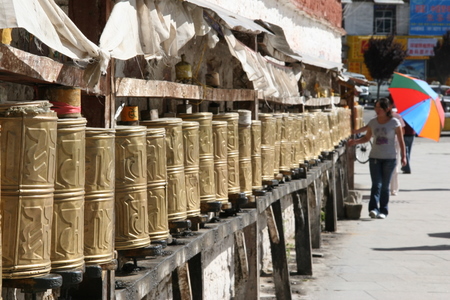Karatal
As well as singing bowls, Karatal are ritual objects used by Buddhist monks and in the shamanic tradition. They represent the two disks, connected by a leather cord. Karatal emit sound when struck against each other.
Originally they were made of seven metals, as well as singing bowls. Into the structure of Karatal necessarily entered a meteorite, “heavenly” metal, which gave them a slightly pearly colour. Unfortunately, the meteorite is a rare, so not all Karatal it contains.
Karatal come in different sizes and each has his own sound. Most of them are smooth, but there are also decorated with engraving, chasing dragons, eight images of good character – Astamangaly.
Tibetan trumpet
Tibetan trumpet distinguishes a variety of designs and sizes. Tools are decorated with metal pieces and stones. The most unusual instrument – a tri-fold Tibetan trumpet, whose height in disassembled reaches 1 m 31 cm. She is able to issue a strong and deep, exotic sound. Tubes of this type are also a length of 3 and 6 m.They are used by monks in the monasteries of Nepal and Tibet. Sounds amazing – an unusual, low, guttural, leaving a deep imprint in the soul.
Bells
The collection presents the ritual bells from Nepal, made of bronze or an alloy of various metals. Bell (Sanskrit - “Ghanta”) is the female symbol. Its sound symbolizes the sound of grain of creation, originating from the supreme deity Brahma. The sound of the bell also speaks about the emptiness as the beginning of nature. The bell is a feminine, while the vajra – male.
During tantric rituals bell is used in conjunction with the vajra. He was held in the left hand, and vajra – in the right.
Bells in the collection vary in size, diameter and color.
There is pure black, with painted on them with gold paint symbols and mantras, and there are – or golden in color. Bluebells are richly decorated with patterned embossing, everyone has a comfortable handle with the image of god-protector. Some of them are made entirely of bronze.
Tibetan ritual drum
Drum in the frame of Tibetan monk is used, usually in the temples. Frame is carving, some drums are decorated with carved and colored drawings. Attached to the drum cover and embroidered beetle. Diameter from 25 to 50 cm. Sound strong and powerful.
Drum on a wooden handle of Tibetan monk come in different diameters. The larger the diameter, the lower sound. To him also attached apron and mallet. Each drum even the same diameter sounds different.
Tibetan drum damaru may seem to Europeans unusual: its wooden hull, the shape resembles an sandwatch, covered on both sides toned green skin. On both sides of the mid hull attached colored beads on a string (the so-called “ears”), with which to be removed sound. The drum has “tail” – the so-called Tibetan brocade tie five colors with tassels. Tie has a protective function. Damar indicate the intervals during the reading of mantras.
















 English
English  Russian
Russian 